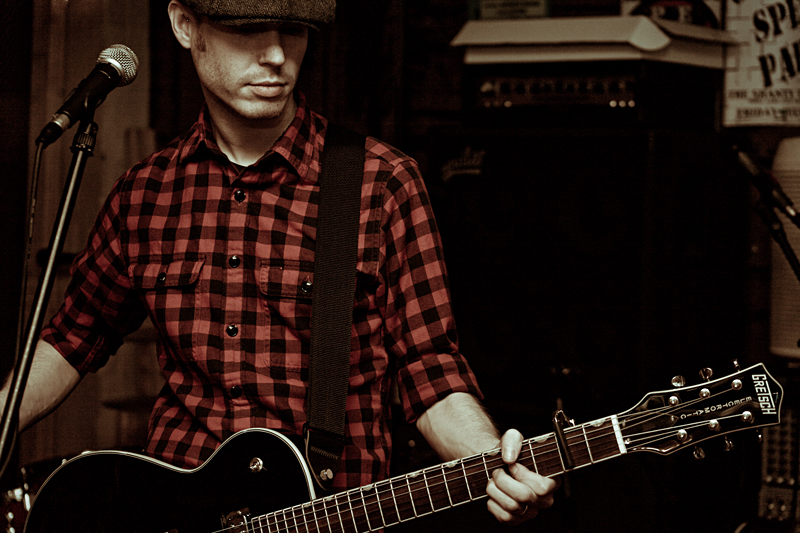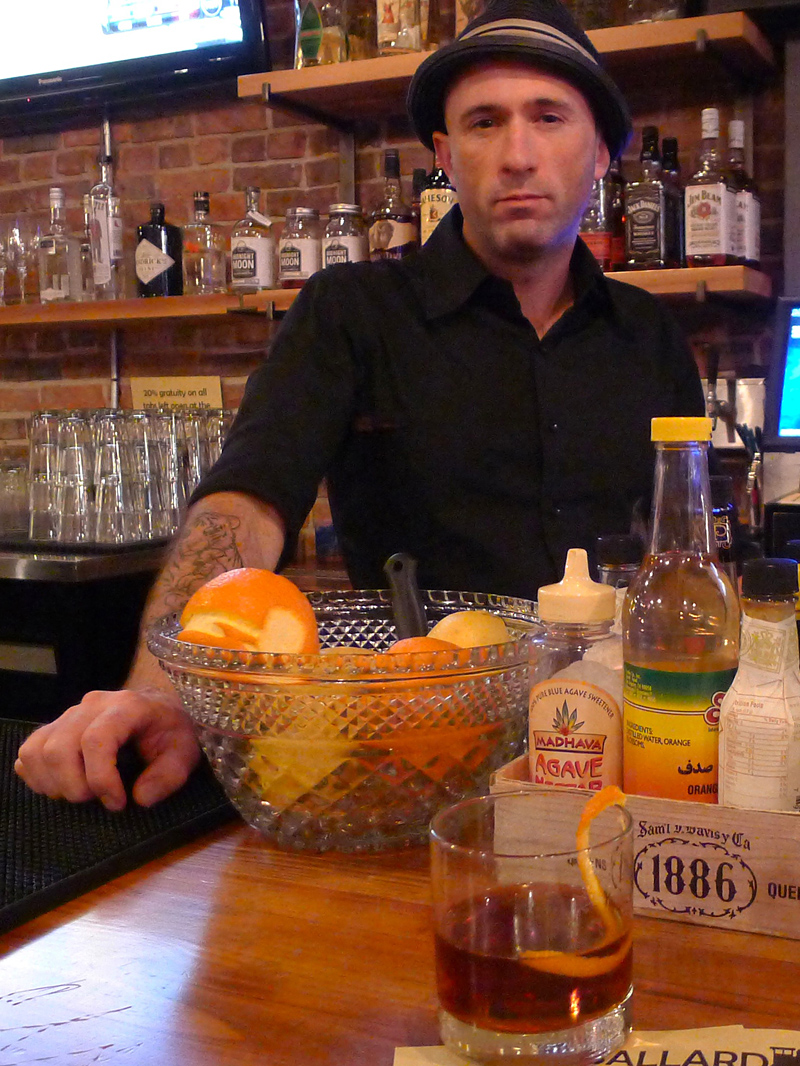It’s been a week since we published our story (“Overton’s ‘Orgy Party,’ ” May 11) detailing the Seattle Police report about the incident in January that led a 16-year-old girl to allege she was raped by Venoy Overton, then the starting point guard for the University of Washington men’s basketball team. Because of the graphic contents of the report, we anticipated that it—and any story written about it—would spark controversy. (We were right: The story generated more Facebook “likes” than any other in the recent past.)
That’s generally a good thing. The intent is to get people talking and thinking critically about the event in question, and also about issues like sexual activity among teenagers, the media’s coverage of public figures accused of sexual assault, and the Washington laws that allowed the participants in this so-called “orgy party” to go virtually unpunished. That said, some readers and pundits have raised a few important questions about the report and our coverage that deserve answers.
Why now?
The Husky basketball season ended on March 20—coincidentally, on a last-second half-court heave by Venoy Overton. Seattle Weekly initially requested the files in the Overton case on January 12, two days after the news broke that an unnamed UW athlete was accused of sexual assault. In response, SPD said that the files were part of an ongoing investigation and could not be released.
On March 9, the day after Overton was charged with providing alcohol to a minor (the only charge he would end up facing), we put in a second request. The paper was not notified that the records were available until Thursday, April 21. Then it was a matter of poring over 227 pages of material, deciding how to present the documents, reaching out to Overton himself for comment, and sitting down to write the story that appeared online a week ago Tuesday and in the May 11 print edition.
But prosecutors decided not to press rape charges—why is this a story?
When sexual-assault cases are tried in the court of public opinion, the accused is typically considered guilty until proven innocent. Overton’s case is a compelling example of this harsh reality. Hundreds of thousands of college basketball fans watched and listened as Washington State’s student section chanted “No Means No!” while pointing at Overton during the WSU-UW game on January 31.
At that point—and until our story came out—the only information about the allegations had come from statements made by the presumed victim’s family in an exclusive report on KIRO, and from a single police report filed before detectives had had a chance to question Overton and other eyewitnesses. Were those TV viewers likely to change their opinion of the basketball player simply because King County prosecutors announced that “evidence does not exist in this case to support a charge of rape in the third degree”? Probably not.
The lack of punishment for the former UW star renewed speculation in some corners that Husky athletes live above the law, just as they did during the so-called “Victory in Ruins” era that coincided with the football team’s most recent Rose Bowl appearance in 2001. Owing to the juicy scoop, the version of events in KIRO’s report became the dominant narrative, with subsequent stories—including several on our news blog, The Daily Weekly—assuming the worst about a situation that involved drinking, a college athlete, and an anonymous teenage girl.
Would those same Cougar fans have humiliated Overton if they’d had access to the facts contained in the complete SPD report? Undoubtedly. But at least the public would have been capable of making an informed decision about Overton’s guilt or innocence.
So why the graphic details, especially when they involve a 16-year-old girl?
In short, to be transparent and to tell the truth. Glossing over details and employing stale euphemisms does not carry the same weight as recounting, in most cases verbatim, what Overton and the other individuals directly involved in this incident say happened. The most explicit portions of the report were left unpublished, but made available for still-curious and less- squeamish readers to find in the original documents if they so chose.
According to Washington law, the 16-year-old girl had the maturity to be responsible for her actions and decisions that night. Should she be held to a different standard of accountability than Overton himself? To a certain extent, yes. She is still technically a juvenile and, allegedly, the victim of a sexual assault. Her name was redacted from the report and withheld by Seattle Weekly. But the rape accusations, unfounded as they now appear, were a matter of public record from the moment, two days after the incident, when her family contacted multiple TV news outlets, offered to tell their story, and handed over police documents that, unlike the report we obtained, were not public records.
Why is 16 the age of consent in Washington?
The short version: Kids hit puberty around age 14. Roughly 125 years ago, a group of lawmakers decided that 16 was about the age that teenagers started acting like adults. Clearly this was before the days of Facebook (where Overton and his alleged victim first met), text messaging, and apple-flavored Smirnoff.
Who was the UW football player present during Overton’s “orgy party” and later interviewed by police?
Your guess is as good as ours.






